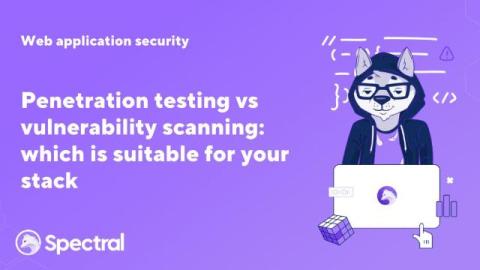What is no code security automation?
Security teams are drowning in alerts and manual tasks, and the weight of human error hangs heavy. Repetitive tasks lead to fatigue, where overlooked details can have devastating consequences. In a high-stakes environment where misconfigurations, accidentally exposed secrets, and delayed responses spell disaster, security teams desperately need tools to reduce the risk and pressure.





